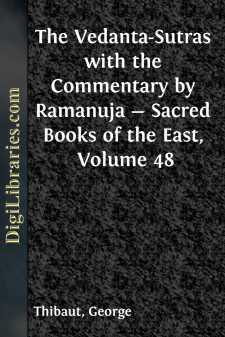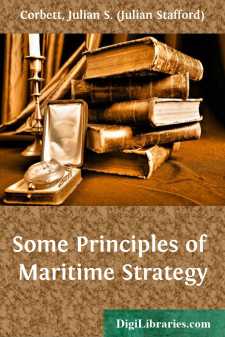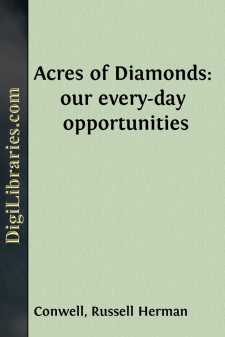Non-Classifiable
- Non-Classifiable 1768
Non-Classifiable Books
Sort by:
by:
George Thibaut
INTRODUCTION. In the Introduction to the first volume of the translation of the 'Vedânta-Sûtras with Sankara's Commentary' (vol. xxxiv of this Series) I have dwelt at some length on the interest which Râmânuja's Commentary may claim—as being, on the one hand, the fullest exposition of what may be called the Theistic Vedânta, and as supplying us, on the other, with means of...
more...
PREFACESince1870-1, when J. E. Austen Leighpublished hisMemoir of Jane Austen, considerable additions have been made to the stock of information available for her biographers. Of these fresh sources of knowledge the set of letters from Jane to Cassandra, edited by Lord Brabourne, has been by far the most important. These letters are invaluable asmémoires pour servir;although they cover only the...
more...
I Facing the Facts While deafness is a serious misfortune, it is neither a sin, nor a disgrace, to be ashamed of. It is a handicap, to be sure, but one to be bravely and cheerfully faced, for it does not destroy the chances for happiness and success. It is cause for neither discouragement nor despair. It will demand patient devotion and courageous effort to overcome the disadvantage, but what mother is...
more...
by:
Robert Wallace
Were a number of shipwrecked mariners cast upon an island, one of their first inquiries would be, Is it inhabited? Having observed footmarks upon the sand, and other tokens of man’s presence, another question would be, What is the character of the people? Are they anthropophagi, or are they of a friendly disposition? The importance of such questions would be realised by all. Their lives might depend...
more...
CHAPTER I. 1800-1818. Plan and scope of the work—History of the Macaulay family—Aulay—Kenneth—Johnson and Boswell—John Macaulay and hischildren—Zachary Macaulay—His career in the West Indiesand in Africa—His character—Visit of the French squadronto Sierra Leone—Zachary Macaulay's marriage—Birth of hiseldest son—Lord Macaulay's early years—His...
more...
by:
Bernard Shaw
THE GOLDEN RULE Do not do unto others as you would that they should do unto you. Their tastes may not be the same. Never resist temptation: prove all things: hold fast that which is good. Do not love your neighbor as yourself. If you are on good terms with yourself it is an impertinence: if on bad, an injury. The golden rule is that there are no golden rules. The art of government is the organization...
more...
INTRODUCTION The Theoretical Study of War—Its Use andLimitations At first sight nothing can appear more unpractical, less promising of useful result, than to approach the study of war with a theory. There seems indeed to be something essentially antagonistic between the habit of mind that seeks theoretical guidance and that which makes for the successful conduct of war. The conduct of war is so much...
more...
ACRES OF DIAMONDS WHEN going down the Tigris and Euphrates rivers many years ago with a party of English travelers I found myself under the direction of an old Arab guide whom we hired up at Bagdad, and I have often thought how that guide resembled our barbers in certain mental characteristics. He thought that it was not only his duty to guide us down those rivers, and do what he was paid for doing,...
more...
I "All talk on modern poetry, by people who know," wrote Mr. Carl Sandburg in Poetry, "ends with dragging in Ezra Pound somewhere. He may be named only to be cursed as wanton and mocker, poseur, trifler and vagrant. Or he may be classed as filling a niche today like that of Keats in a preceding epoch. The point is, he will be mentioned." This is a simple statement of fact. But though...
more...
Janus am I; oldest of potentates;Forward I look, and backward, and belowI count, as god of avenues and gates,The years that through my portals come and go.I block the roads, and drift the fields with snow;I chase the wild fowl from the frozen fen;My frosts congeal the rivers in their flow,My fires light up the hearths and hearts of men.—Henry W. Longfellow. JANUARY FIRST Bartolome Esteban Murillo,...
more...











